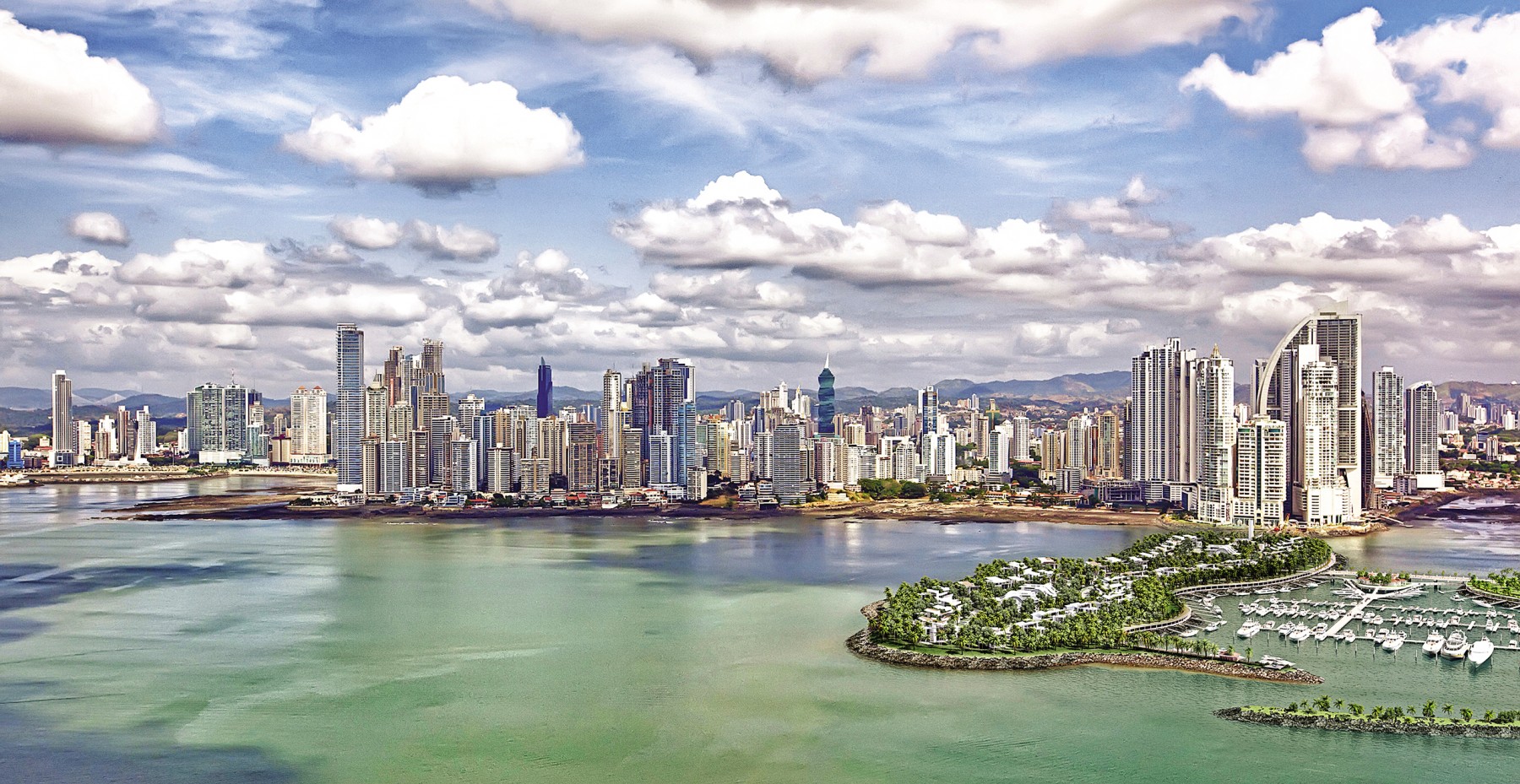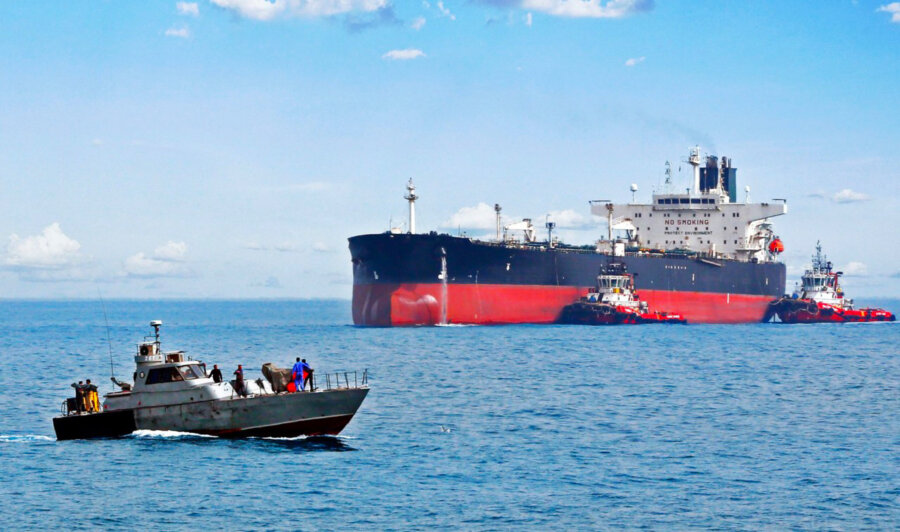
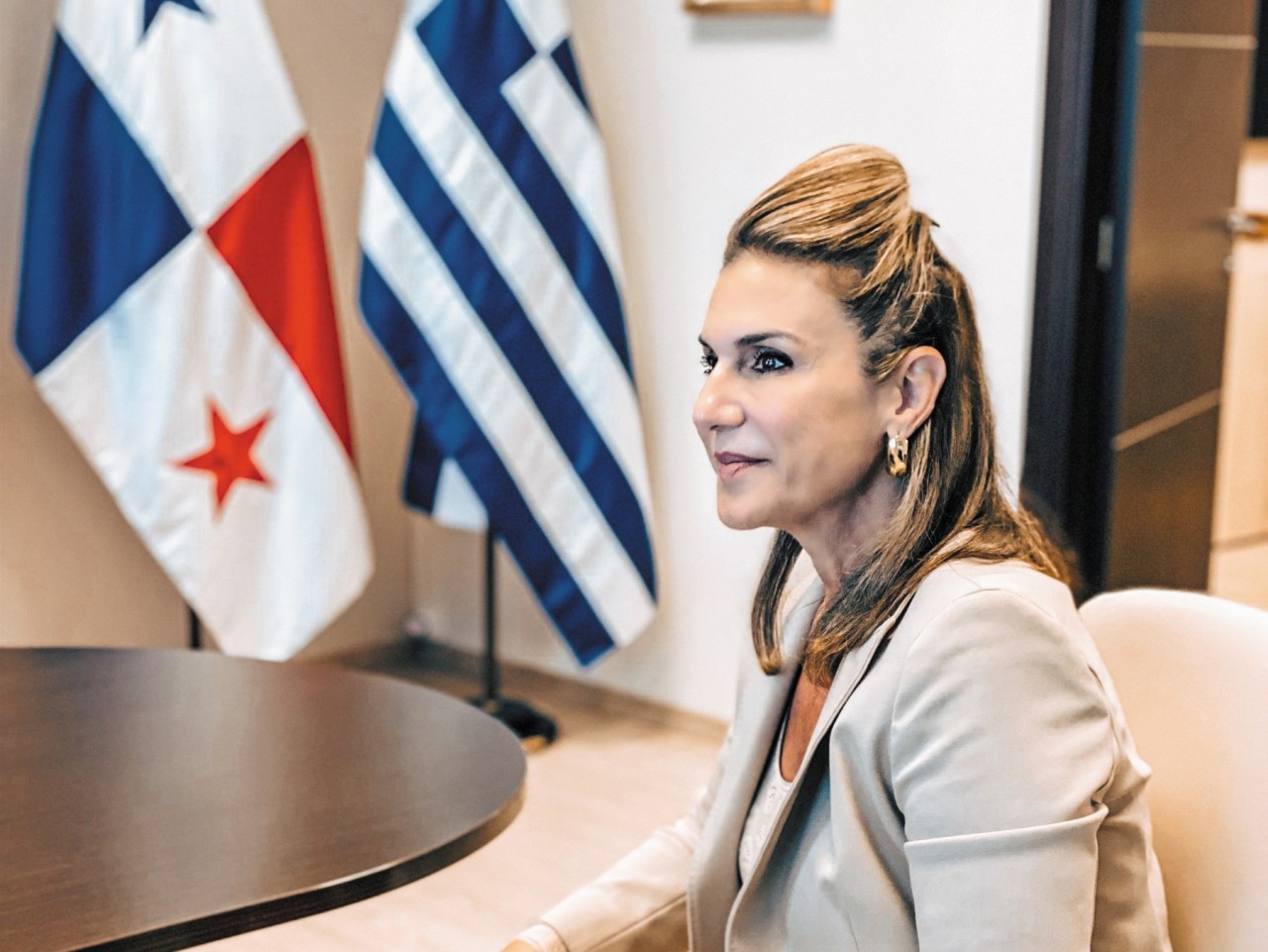
H.E. Julie Lymberopulos, Ambassador and General Consul of Panama in Greece: ”Greek-Panamanian maritime ties have always been strong”
H.E. Julie Lymberopulos, Ambassador and General Consul of Panama in Greece: ”Greek-Panamanian maritime ties have always been strong”

An interview with H.E. Julie Lymberopulos, Ambassador and General Consul of Panama in Greece
Recently, the 10,000th vessel crossed the Panama Canal since the inauguration of its expanded locks in June 2016, which is a landmark in the Canal’s 106-year history. What is the Canal’s contribution to the growth of Panama and the whole region?
The Panama Canal is a key component of world trade. It provides a shorter route that reduces distances, time, and costs, connects more than 140 maritime routes, 1,700 ports, and 160 countries, and offers a green route by reducing emissions. In the past 106 years, the Panama Canal has reduced more than 800 million tons of CO2. For our country, the Panama Canal is one of our maritime and logistics hub’s keystones, representing around a third of the national GDP.
The Panama Canal administrator Ricaurte Vásquez Morales commented on the 10,000th vessel, an LNG, transiting the Canal since its expansion: “Achieving this goal in just four years after the opening of the expanded Canal reaffirms the competitiveness of the interoceanic route, backed by the continuous, safe and reliable service that we have maintained in the current global situation.”
The expanded Canal has attracted LNG transport to the interoceanic route due to the neo-Panamax locks’ larger dimensions. LNG vessels represent about 12% of the Expanded Canal transits, surpassed only by container carriers with 46% and liquefied petroleum gas with 25%.
What are the main actions that safeguard the high-quality performance of the Panama Registry? What are the measures taken to effectively monitor the fleet’s age and quality and the seafarers’ level of knowledge?
The high-quality performance of the Registry, the oldest open Registry in the world, is maintained due to the following actions:
· Highly qualified staff (technical and legal affairs)
· Training (in-house and outsourcing)
· Key performance indicators
· ISO 9001:2015 Certification
· 24/7 Customer services (Panama office) – worldwide network
· Network of 53 Consulates and 13 International technical offices
· Technology and innovation in the registration process, recently adopted by digital token (electronic registry and radio license certificate)
· 250 Flag State Inspectors available around the world
· The full commitment of the Panama Authority managerial staff during emergency situations
· IMO Council Member – Category A Country
· 96.43% compliance in PSC’s inspections
· Paris and Tokyo MOU White List
As far as fleet monitoring is concerned, during the process of Registry, all the vessels, including new buildings, go through a due diligence process carried out by our staff at the Panama Maritime Authority headquarters. This due diligence covers the vessel and the companies related to the vessel and its operation. In this process, many international databases are used to validate the information provided and the company/vessel records (not having been sanctioned by an international organization, e.g., United Nations). Additionally, the history of the PSC’s inspections results is also reviewed.
The General Directorate of Seafarers, Panama Maritime Authority, has taken many steps to monitor seafarers’ level of knowledge. Among others, it has:
Ensured that the Republic of Panama remains on the List of Countries that give full and total effectiveness to the STC W’78 Convention, as amended (White List) and promulgated by the International Maritime Organization (IMO).
Applied quality processes in seafarers’ training and certification activities under the Lloyd’s Register accredited ISO 9001:2015 certification.
Updated legal regulations and technical requirements for seafarers’ training and certification in compliance with international conventions ratified by the Republic of Panama.
Authorized and regularly monitors 17 maritime training centers in the Republic of Panama and 36 abroad, including 2 in Greece.
Performed on-site authorization audits in all maritime training centers, including monitoring audits and inspections.
Systematized the seafarers’ certification process through the Seafarers’ Automated Application (SAA) since 2010.
Implemented the verification of all technical documentation issued by the Panama Maritime Authority via its website.
Implemented security measures regarding the technical documentation of seafarers.
Carried out technical visits and audits by other Maritime Administrations in the headquarters of the General Directorate of Seafarers in Panama City.
It will soon set up eight (8) Regional Seafarers Documentation Offices and other new offices in strategic locations worldwide to provide more expedited and personalized services to our users.
Are there any plans to upgrade Panama as a training center for seafarers through collaborations with European and Asian institutions so that the seafarers’ development can be effectively monitored and certified?
As part of the Panama Maritime Authority’s projects with other institutions, we can indicate that our Maritime Administration is currently appearing before the European Commission as it is in the process of having the training and Certificates of Competence of the Republic of Panama recognized by the twenty-seven (27) member states of the European Union, including Greece. To this purpose, in 2019, our Administration was audited by the European Maritime Safety Agency (EMSA), which verified the training and certification procedures of seafarers conducted by our Administration.
Similarly, the Panama Maritime Authority maintains a policy of promoting Bilateral Agreements based on Regulation I/10 of the STC W’78 Convention, as amended with other Maritime Administrations. Agreements have been signed with Asian countries such as Singapore and the Philippines.
In addition, the General Directorate of Seafarers is preparing to face an audit by the IMO States Parties scheduled for early 2022, when the provisions of the STC W’78 Convention and other IMO international instruments will be audited and amended.
The aforementioned is evidence that the Panama Maritime Authority maintains high international standards in its seafarers’ training and certification.
Considering the strong ties between Panama and the US, do you think Panamanian flagged vessels are being targeted because of the US-China disputes?
We do not consider that the US-China disputes have affected Panamanian flagged vessels. At present, the Registry has Chinese shipowners and US shipowners as our largest users.
It is worth mentioning that since 2017, we have a Maritime Agreement with China, which has benefits for ships flying the Panamanian flag. The importance of maintaining close relations that allow free and unimpeded access to our fleet for cargo traffic to and from China is mentioned in this Agreement. In addition, these ships have a preferential rate when using the most important ports within the Republic of China.
The ties between Panama and Greece are very strong when it comes to shipping, as a substantial number of Greek-owned ships fly the Panamanian flag. In which sectors do you think there is a potential for closer collaboration between the two countries?
Greece is the largest ship-owning country, and Panama has the largest ship registry. Our maritime ties have always been strong. We have been working together all these decades. We plan to strengthen that cooperation in many aspects like new techniques, new regulations, new implementations onboard of vessels, and revision of existing rules. As two of the leading forces in the shipping industry, we should continue our close collaboration in the future.
Panama’s strongest assets are its strategic location, the Panama Canal, and the special area “Panama Pacifico,” a special economic area offering full operation services and incentives to all businesses (https://www.panamapacifico.com/aee-en/). Panama Pacifico offers great incentives to Greek shipping companies relocating their offices or branch to Panama, where they could easily operate all activities related to vessels calling North & South America and Caribbean ports. Panama, as the “Hub of the Americas, “provides easy access to all Latin American countries by offering the best connectivity in the entire Americas (https://www.copaair.com/en/web/us/ hub-of-the-americas.)
The legal framework for the benefits to foreign companies moving to Panama to start operations is Law No. 41 of 2007, modified by Law 45 of August 10, 2012. It establishes several tax incentives for the company with a Multinational Company Headquarters License and the upper-middle-level foreign personnel working in the same company. More information is available in the following website link: https://sem.gob.pa/
You can read the written review in our November issue (pg. 56-59)
ΝΧ
Συντακτική ομάδα Ναυτικών Χρονικών

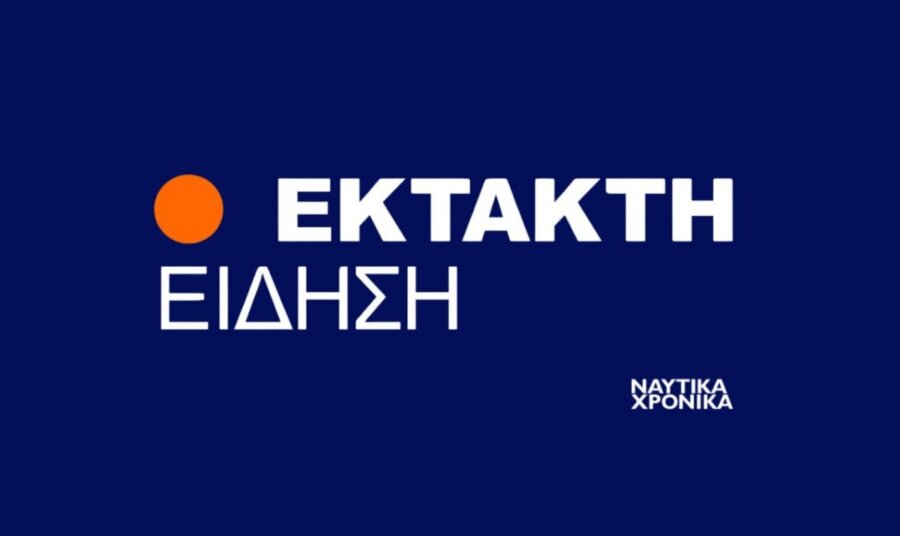
Κανονικά τα δρομολόγια πλοίων από το λιμάνι της Ραφήνας
Σε πλήρη επαναφορά της λειτουργίας του λιμανιού της Ραφήνας προχώρησαν οι αρχές, καθώς σύμφωνα με επίσημη ανακοίνωση του Υπουργείου Ναυτιλίας, οι κατάπλοι των επιβατηγών-οχηματαγωγών…

Πυρκαγιά στη Ραφήνα: Διακοπή κυκλοφορίας στη Λ. Μαραθώνος
Η πυρκαγιά που μαίνεται αυτή τη στιγμή στην περιοχή της Ραφήνας έχει προκαλέσει ήδη σοβαρά προβλήματα. Η Αστυνομία προχώρησε σε διακοπή της κυκλοφορίας των…

Η ακαδημαϊκή αριστεία των νέων συσπειρώνει τους Έλληνες εφοπλιστές
Η ελληνική ναυτιλία εξακολουθεί να αποδεικνύει πως αποτελεί αέναο υποστηρικτή της ελληνικής κοινωνίας. Υπό αυτό το πρίσμα, την Τετάρτη 2 Ιουλίου σε μια εμβληματική…
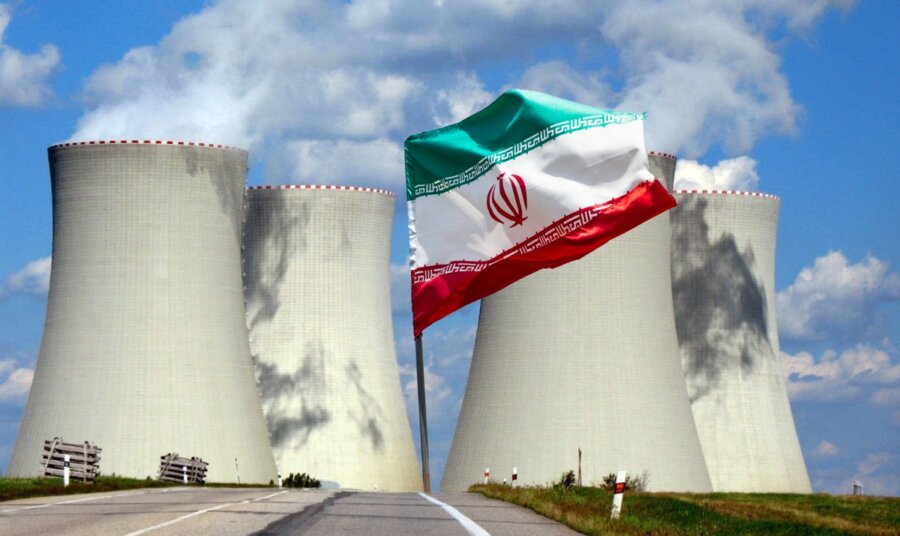
Η αναστολή συνεργασίας Ιράν-ΔΟΑΕ και οι διεθνείς αντιδράσεις
Ο Ιρανός πρόεδρος Μασούντ Πεζεσκιάν έδωσε στις 2 Ιουλίου την τελική του έγκριση σε νόμο που αναστέλλει τη συνεργασία με τον Διεθνή Οργανισμό Ατομικής…
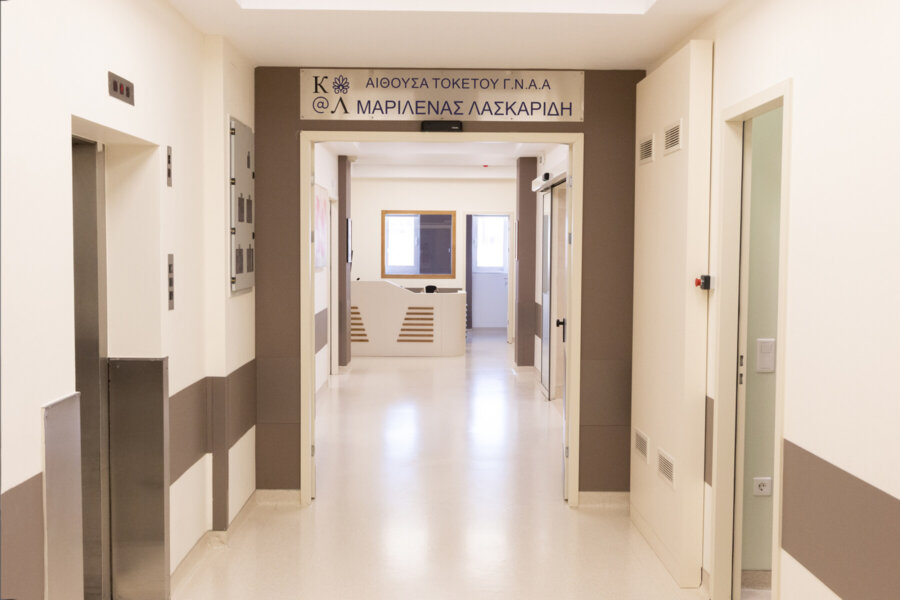
Εγκαίνια της ανακαινισμένης αίθουσας τοκετών Γ.Ν.Α Αλεξάνδρα – Δωρεά Ιδρύματος Αικατερίνης Λασκαρίδη
Την Τρίτη 1η Ιουλίου 2025 πραγματοποιήθηκαν τα εγκαίνια της ανακαινισμένης αίθουσας τοκετών του Γ.Ν.A Αλεξάνδρα και η τελετή ονοματοδοσίας Αίθουσα Τοκετών «Μαριλένας Λασκαρίδη». Η…
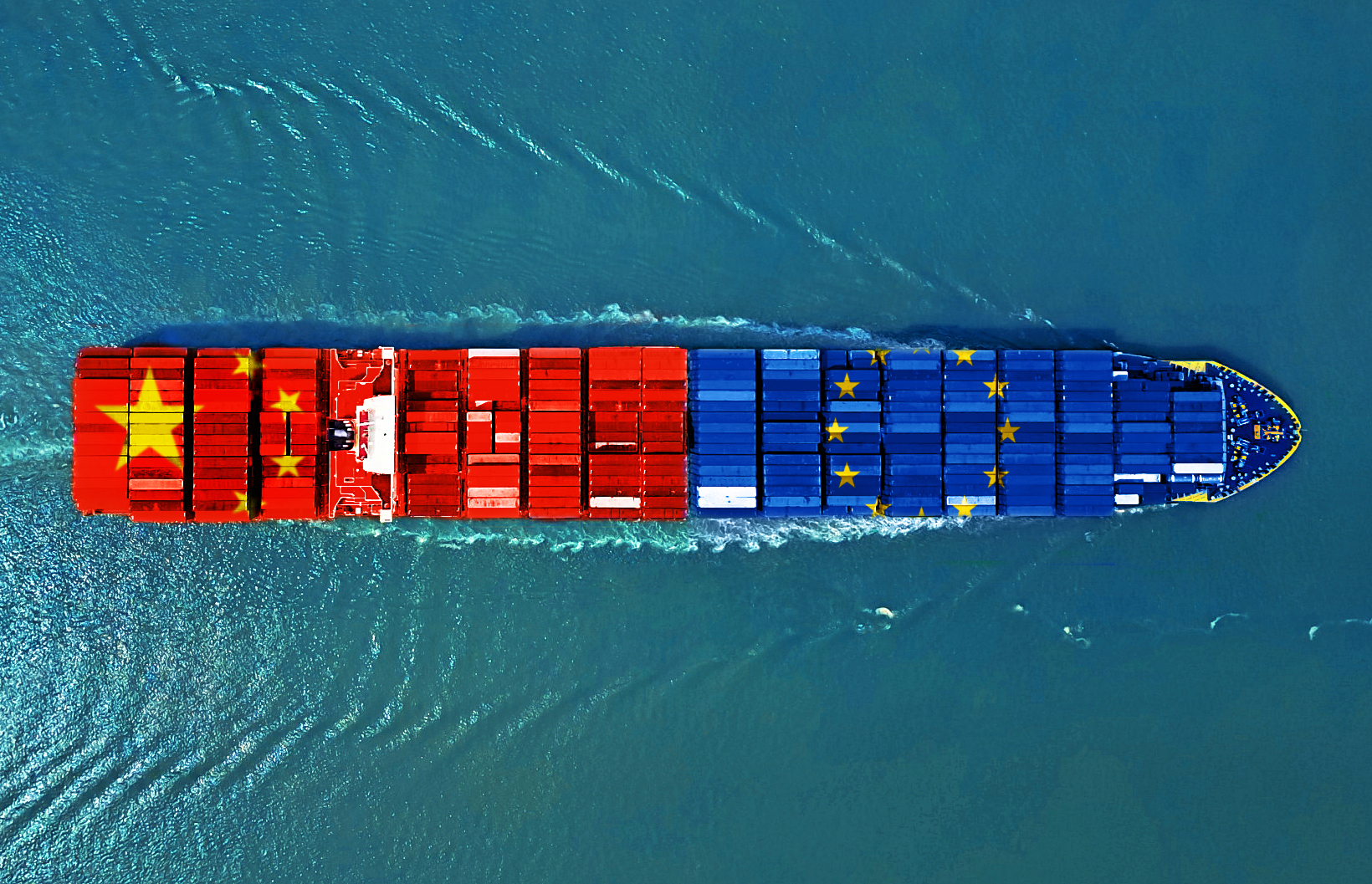
Κίνα-ΕΕ: Αντιπαράθεση ή συνεργασία;
Ο κινέζος υπουργός Εξωτερικών Ουάνγκ Γι προειδοποίησε εναντίον των κινδύνων μιας «αντιπαράθεσης», σύμφωνα με ανακοίνωση του υπουργείου του που δόθηκε σήμερα στη δημοσιότητα, τη…
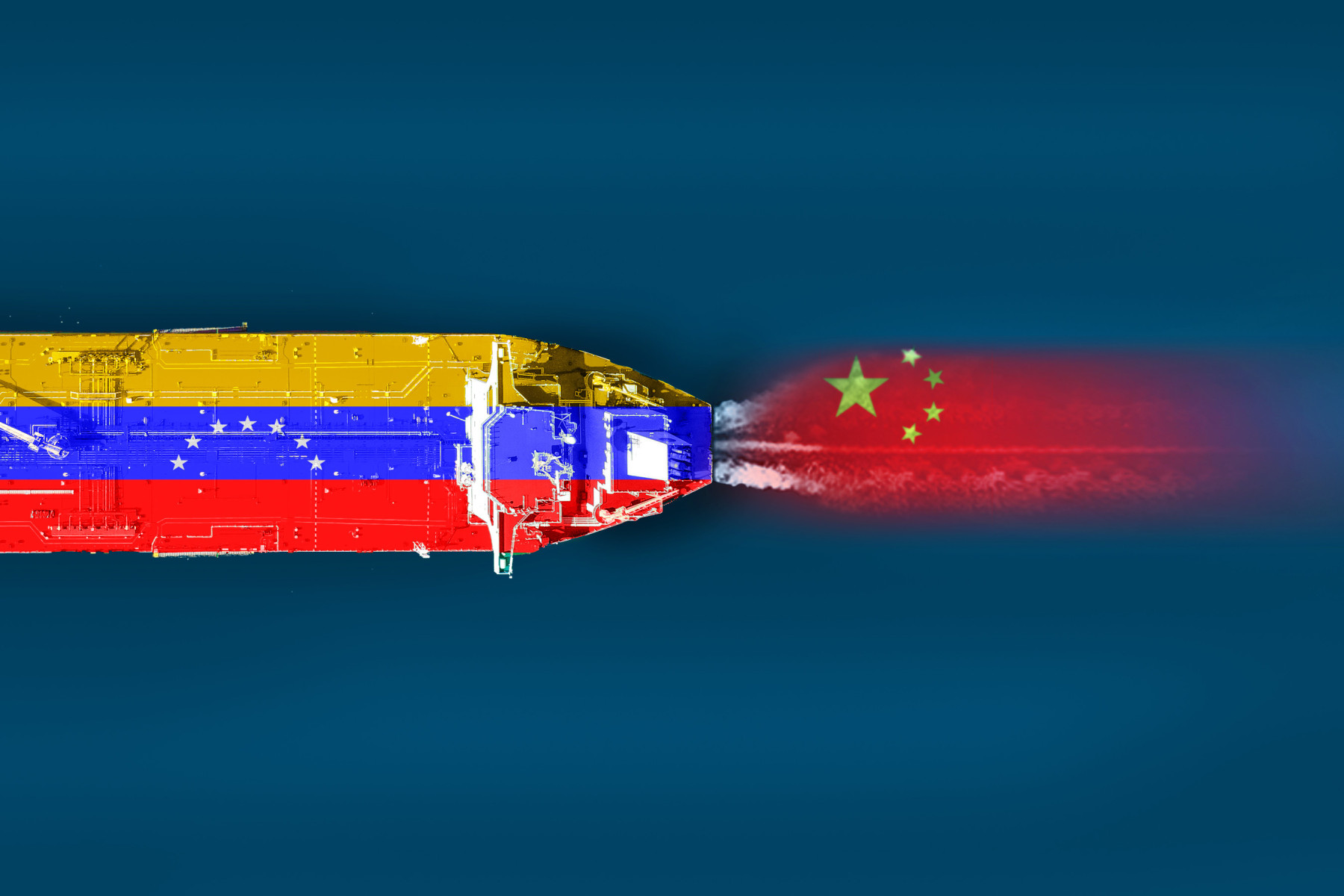
Άνοδος για τις εξαγωγές αργού της Βενεζουέλας, με κινεζικές ευλογίες
Άνοδο κατέγραψαν οι εξαγωγές πετρελαίου και καυσίμων της Βενεζουέλας τον Ιούνιο, καθώς η Κίνα αποτέλεσε «σανίδα σωτηρίας» για τα φορτία του Καράκας. Συγκεκριμένα, σύμφωνα…
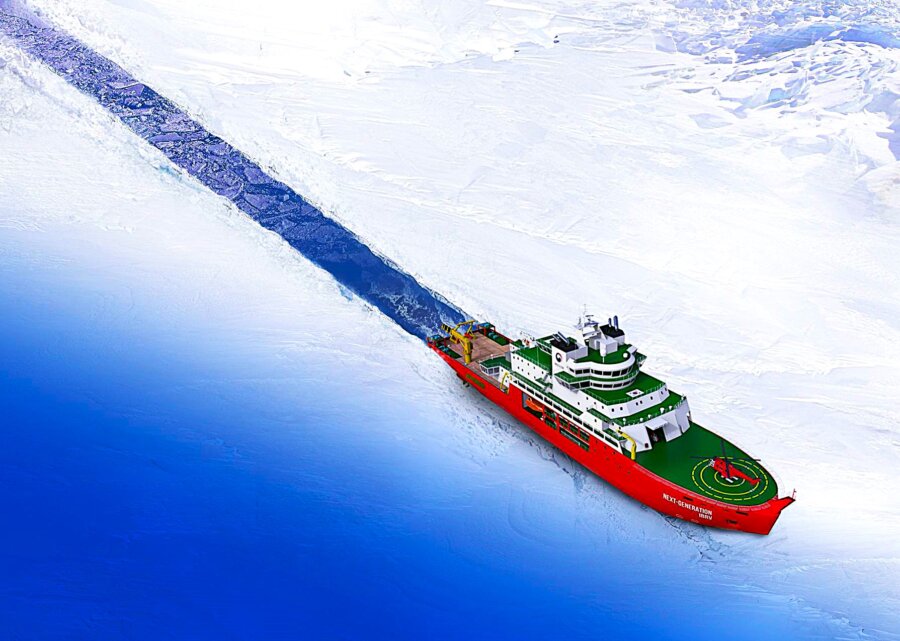
Στα σκαριά το νέο υπερσύγχρονο παγοθραυστικό της Νότιας Κορέας
Καθώς το ενδιαφέρον κορυφαίων οικονομιών παγκοσμίως επικεντρώνεται ολοένα και περισσότερο στις πολικές περιοχές του πλανήτη, η ζήτηση για προηγμένα παγοθραυστικά παρουσιάζει σημαντική άνοδο. Στο…
